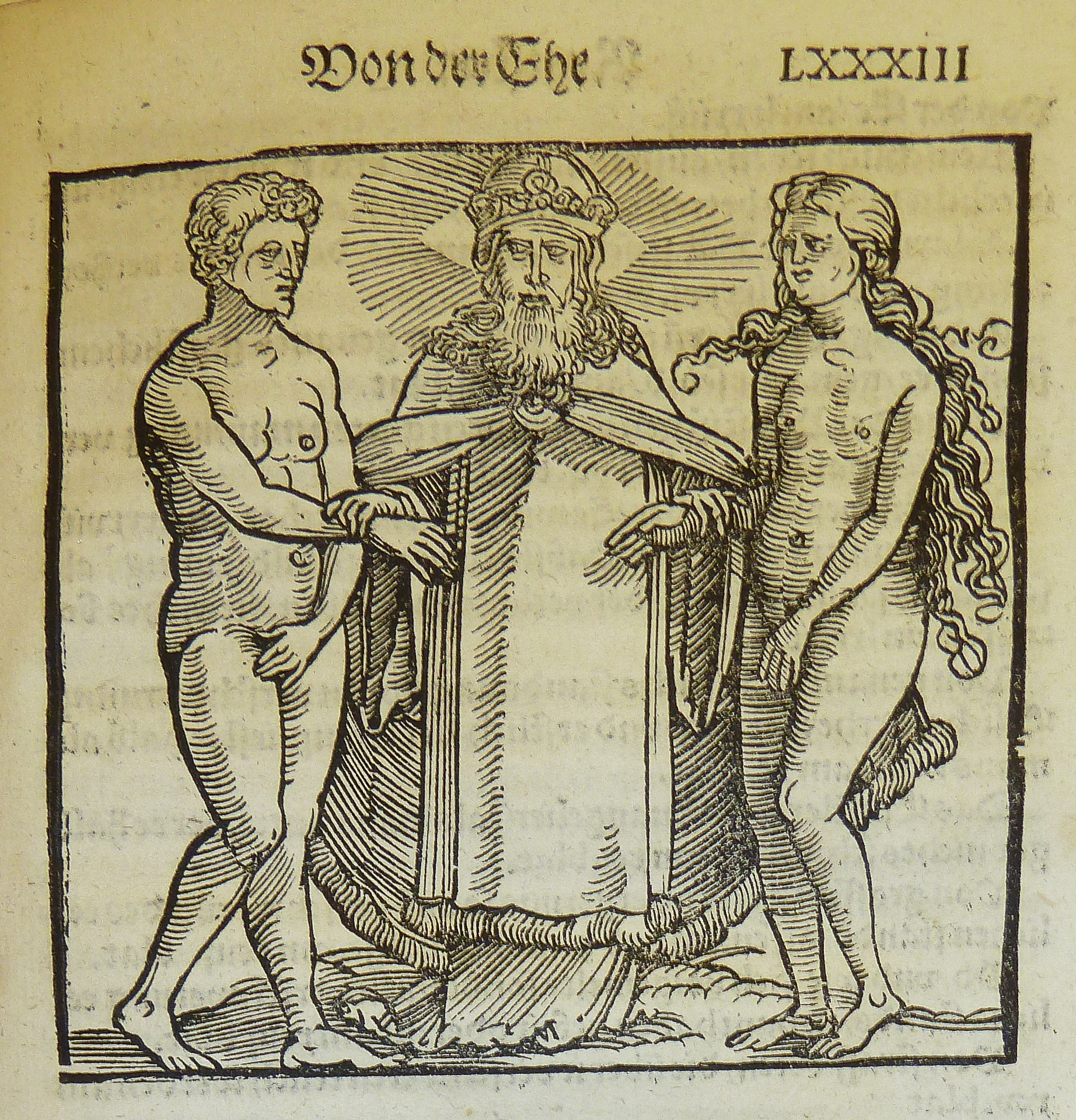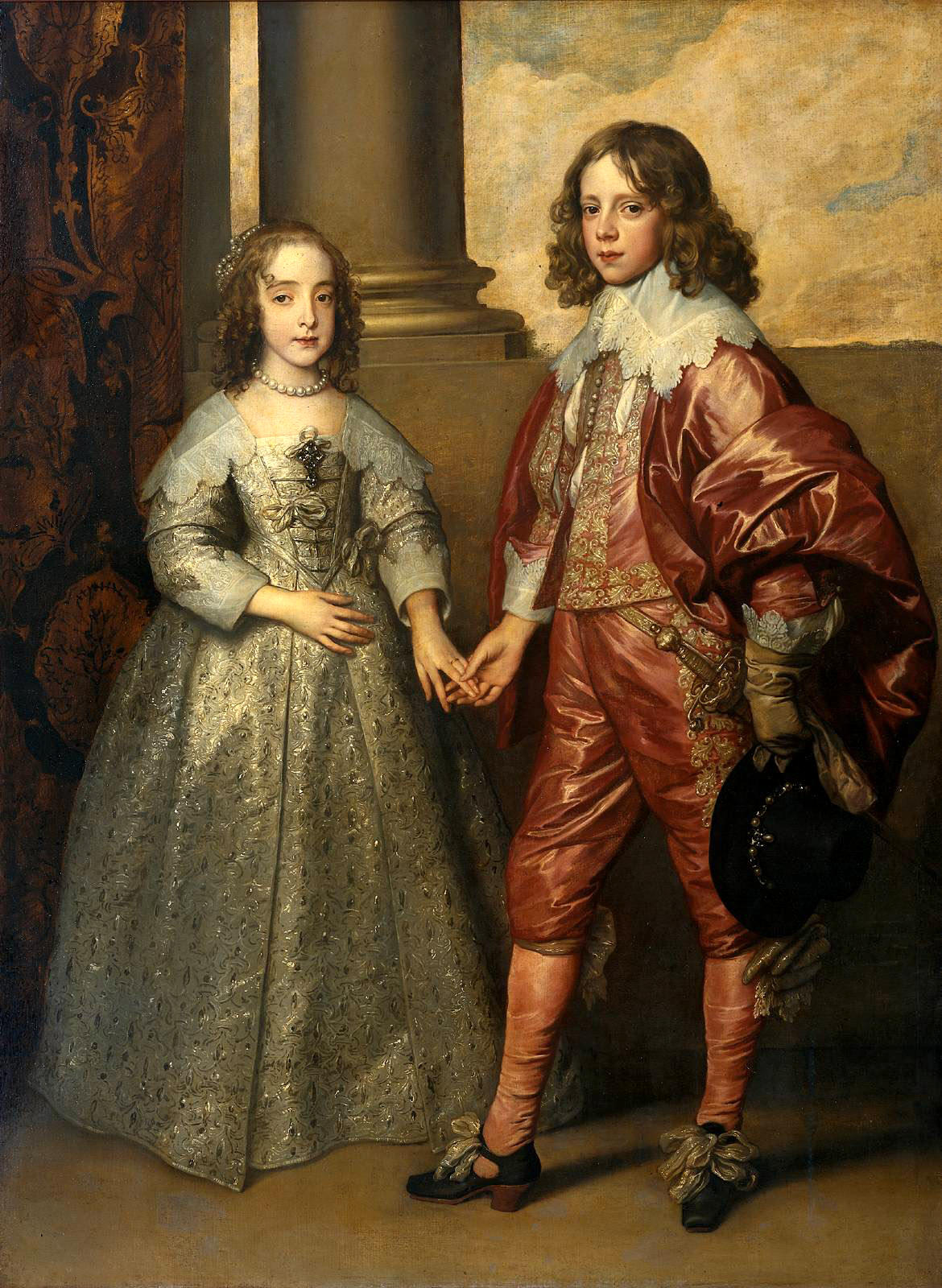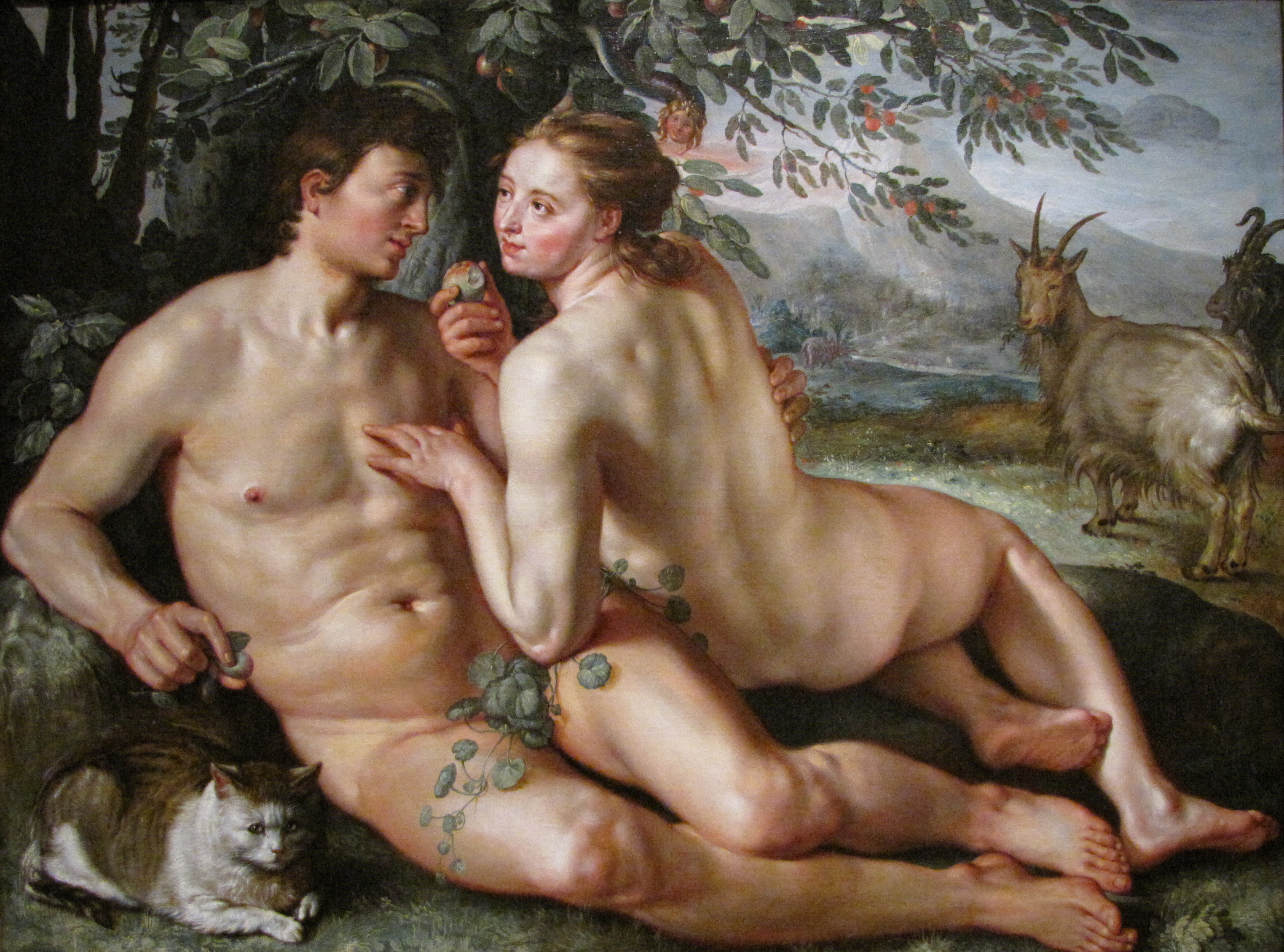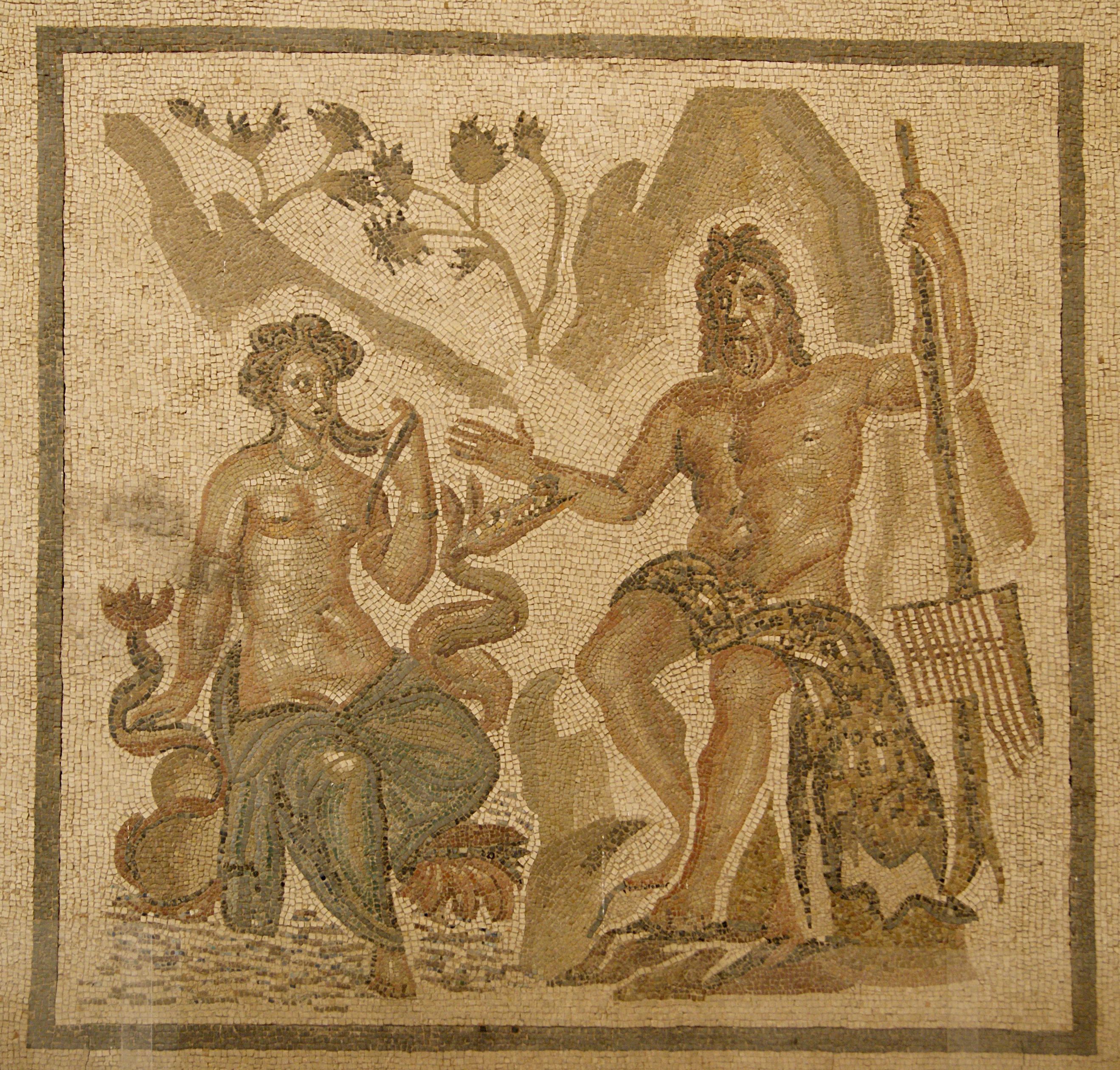A note to start: This blog post is about marriage. Or, to be more specific, the history and institution of marriage. Why am I writing a blog post about marriage? Well, I finished reading an intriguing book that explored the history of marriage and how it’s shaped our present day ideas of love, lust, and religiosity in the West.
I Don’t: A Contrarian History of Marriage by Susan Squire1
You can find the hardcover book on Amazon, or, try to find it where I did, at your public library. We kick off our historic journey asking why marriage at all?
For thousands of years, marriage has been at the very foundation of civilization in the West. It has been cast as a reproductive factory, a control center for women’s sexuality, a holding pen for lust, a cure for loneliness, and–recently–a happily ever-after love nest. All the while it has been mocked, maligned, and moaned about more often (or at least more loudly) than it has been praised. Yet the institution endures. Why?
What is the history that has led to our for-better or for-worse institution of marriage today?
The heart of the matter, the belly of the beast, the big slam dunk:…is one line. Six words. Eight syllables. The book of Genesis, chapter 5, verse 16: ‘Your husband…shall rule over you’….And there things stand for upteen centuries.
Paradise lost, just because Adam listened to his wife. Squire goes on convincingly throughout her book illustrating how menfolk from the Garden of Eden forward hold the temptation of Eve against womenfolk for millennia. Our current institution of marriage is rooted in the ancient bible, apples, and snakes.
In ancient Egypt, Babylon, Athens, and Rome, it’s customary for a man to believe in multiple gods and sleep with multiple women but have just one wife to bear him children. In ancient Israel the reverse applies: a man believes in only one god, sleeps with multiple women, and has many wives to bear his children as he can handle… For the culture that considers “be fertile and increase” (Genesis 9:7) a sacrament at a time when marital fidelity is neither required nor expected of men, this marriage system makes sense.
Our author first grounds us in a feminist odyssey of vaginal slavery and submission of women. But, there’s a deeply fascinating history to marriage that unfolds.
Men’s business in Athens is conducted by a privileged citizen-elite that applies this patriarchal truism with special rigor. It’s members believe in keeping their wives sequestered in an all-female wing of the household, allowing them out once or maybe twice a year to attend a women-only festival and the occasional family funeral. For breeding purposes, and there is no other purpose to marriage in Athens, men try to refrain from selecting extremely youthful mates.
Marriage, was for ancient males, to ensure wives bore children only of husband’s seed, and to ensure no children sprung from the fruits of another man’s loin. Husbands keeping their wives isolated and indoors was to prevent them from birthing another man’s child. This “protection” had nothing to do with sex, lust, or morals. Your average Brutus’ and simple Caesar’s wife was a reproductive factory. Outside of their marriage, the Roman or Greek husband had other voluptuous women and young boys to satisfy his lusts.
Ancient Roman women, and pubescent girls, obtained equal rights or nearly so.
…suddenly the matrimonial winds shift: between the fifth and third centuries BCE, a new, “free” form replaces in mamum [lit. into his hand]… Usus, or free marriage, resembles trial marriage, common law style. It requires neither ceremony nor consummation…A man and a woman become husband and wife simply by setting up house together and remain in “continuous association” for a year.
Under usus, dissolving a union is as easy as forming one, for either spouse: One or the other simply moves out of the shared residence…And, there’s nothing to stop either of them from embarking on a sequence of these unions, which amounts to unbridled sexual license for wives, compared to the old days.
Brothels, the keeping of concubines, and sexual congress with slaves remain lawful (for men) during the reign of Augustus.
Jesus. The cure for lust.
In the Christian marriage bed, if not outside it, husband and wife are equal.

Woodcut illustration of God joining man and woman (or possibly Adam and Eve, specifically) in marriage, used by Heinrich Stayner of Augsburg photo by Penn Provenance Project on Flickr
The apostle Paul wanted men and women to marry only if they could not be celibate. Marriage was a license for lust that would not send the lustful to burn in hell. Marriage was a necessary evil. Or, the lesser of two evils: Lust in marriage or lust and burn in hell. Even the lust could not be lustful. This is the time when Monogamy and sex only for procreation became doctrine and edict from the Church fathers. What say these lords over bedchambers?
Original sin brought death into the world– that’s Paul. Original sin brought lust into the world–Augustine. The baby making urge and none other justifies the “nuptial embrace”; baby making won’t happen in the absence of his-and-her orgasms; to climax is (generally speaking) to experience pleasure; to experience pleasure is heinous.
Enter the Dark Ages, where priests and vicars control wealth, lands, and micromanage sex. In “Cuckold’s Lament”, we discover what happens to husbands who have been duped by “cheating” wives. They are publicly humiliated for losing control of their wife. This is an era when men (and women) can make a mockery of masculinity and paternal identity.
The humiliation can take many forms…a husband is forced to kiss his wife’s crotch in front of a jeering crowd, and in another, a queen tells the inexperienced knight who hopes to be her lover that “it’s easy to judge from the state of the hay”, referring to his measly chin hairs, “whether his pitchfork is any good”.

Mary Stuart, Princess Royal and Princess of Orange, with her future husband, William II, Prince of Orange photo by lisby1 on Flickr
In “The Golden Age of Adultery” the dismal days of the Dark Ages vanish in the dazzling light of the twelfth century and cultural life, learning, and knights put on their shining armor again. It’s the dawn of chivalry, of romantic love. Noble values and highborn unions are brokered like Middle-Eastern peace agreements. Rich kings are conjoined with wealthy princesses in holy matrimony solely for expansion of lordships and kingdoms.
While the Church continues to fixate on sex, the court is fixated on love, specifically a man’s love for a woman…The game of courtly love is an elaborate blueprint for building of desire, as opposed to the quenching of it…The mooning knight and the untouchable Lady become romantic equals as well as passionate lovers.
But just when the going gets hotter for both sexes, “The End of the World?” or the Black Death, the bubonic plague pandemic sweeps across the West, ultimately killing 75 million people.
For a thousand years they’ve been told to deny, suppress, transcend–mortify–the “flesh”…Then along comes the Black Death, mowing down the sinful and sinless indiscriminately…The groins of virgins breed black boils just as easily as the groins of whores…”
This Black Death, when the corpses and plague had gone, left in its wake the Renaissance and the Enlightenment.
The classical contagion, like the Black Death, spreads from fourteenth-century Italy to the rest of Europe. But fleas travel faster than ideas, especially when the ideas are embedded in thousand-year old texts...Out: pessimism, fatalism, dread, ignorance…mortifying the senses, and God-centeredness. In: optimism, self-determinism, hope, knowledge…reveling in the senses, and human-centeredness.
 But, wait! Tis’ the “Season of the Witch” and the Inquisition. And, this inquiry, led by Catholic clerics, burns women, no doubt the most sexy ones, at the stake for tempting men. Since Jesus died for “the male sex”, men are likely innocent of the crimes of heresy as long as they shun “infected” women. In a Medieval superstitious mind, anyone could be Satan’s instrument. All that was needed was a testimonial that a spell or curse was cast, and anyone could be tortured for heresy from the Church.
But, wait! Tis’ the “Season of the Witch” and the Inquisition. And, this inquiry, led by Catholic clerics, burns women, no doubt the most sexy ones, at the stake for tempting men. Since Jesus died for “the male sex”, men are likely innocent of the crimes of heresy as long as they shun “infected” women. In a Medieval superstitious mind, anyone could be Satan’s instrument. All that was needed was a testimonial that a spell or curse was cast, and anyone could be tortured for heresy from the Church.
“Witches can…stir up such hatred between married couples that they are unable in any way to perform procreant functions of marriage…[the witches] cover great distances in search of mistresses and irregular lovers”. A witch can also be a wife.
At the same time that superstitious, supernatural witchcraft is blamed mostly on innocent women, Martin Luther was nailing his protests against the Catholic church’s door. Luther’s “liberal” vision of marriage included sex, but there’s nothing romantic about it. The rebel celibate monk founded Protestantism. Luther, the rebel religious, promoted marriage for “companionship, compatibility, and to some degree for personal choice” setting the stage for a new vision of marriage. He eventually married a renegade nun, Katharina, who was 26 years old, Luther was 41. Luther said goodbye to his celibacy.
Squire concludes:
In the secular West, all of this is still in process…Love is the expectation. Romantic, compassionate, emotional, physical–hopefully, and delusionally, all at once at the same time. No surprise that divorce is common, or that hope continues to triumph over experience. The cure for lust is now the cure for loneliness, that cure being love.
 Right. Now you have a taste of the deep, dark history of marriage and how it’s shaped our present day institution of mythic love, lust, and religiosity. Plenty of tidbits to keep the conversation going with your romantic partner or at your next dinner party.
Right. Now you have a taste of the deep, dark history of marriage and how it’s shaped our present day institution of mythic love, lust, and religiosity. Plenty of tidbits to keep the conversation going with your romantic partner or at your next dinner party.
Remember to pick up this book. You’ll get to find out about all the stuff I didn’t mention, like witches accused of severing male organs, and other ancient marriage rights for modern prudes, playboys, and Lady’s in-waiting. And of course, you’re dying to know about the illegal oral sex skills of Medieval housewives, aren’t you? These histories, and more, shaped today’s institution of marriage and our “modern” ideals of love, lust, and religiosity in the West.
Works Cited
1 I Don’t: A Contrarian History of Marriage, by Squire, Susan. Bloomsbury USA. 2008. Print.



So, Scott, is someone pushing you to get married? Or someone questioning why you aren’t married?
Were monks in your former religion celibate — what sort of sexual indiscretions permeated that culture?
It is funny, in the animal kingdom we see lots of different models.
@Sabio: No pressure, lately anyway, to get married. And, yes, after some people find out I’ve never been married they often may think something’s wrong with me.
The Monastic Order I belonged to for 14 years required vows to be celibate. Check out the post on our monastic rule of Chastity. This rule led to some crazy behaviors. Check out this post, Celibacy: Path to Bliss or Madness?.
Were all the monks always celibate? I could tell stories about some of the sexual indiscretions of monks and a few who had not just sex, but romantic trysts. For future posts.
It’s not easy for me to volunteer to talk about most stories unless people prod me with their interest.
I love it when I get readers give me their feedback and questions. It definitely motivates me to dig and share more stories that people express interest in.
Cool, thanx for sharing